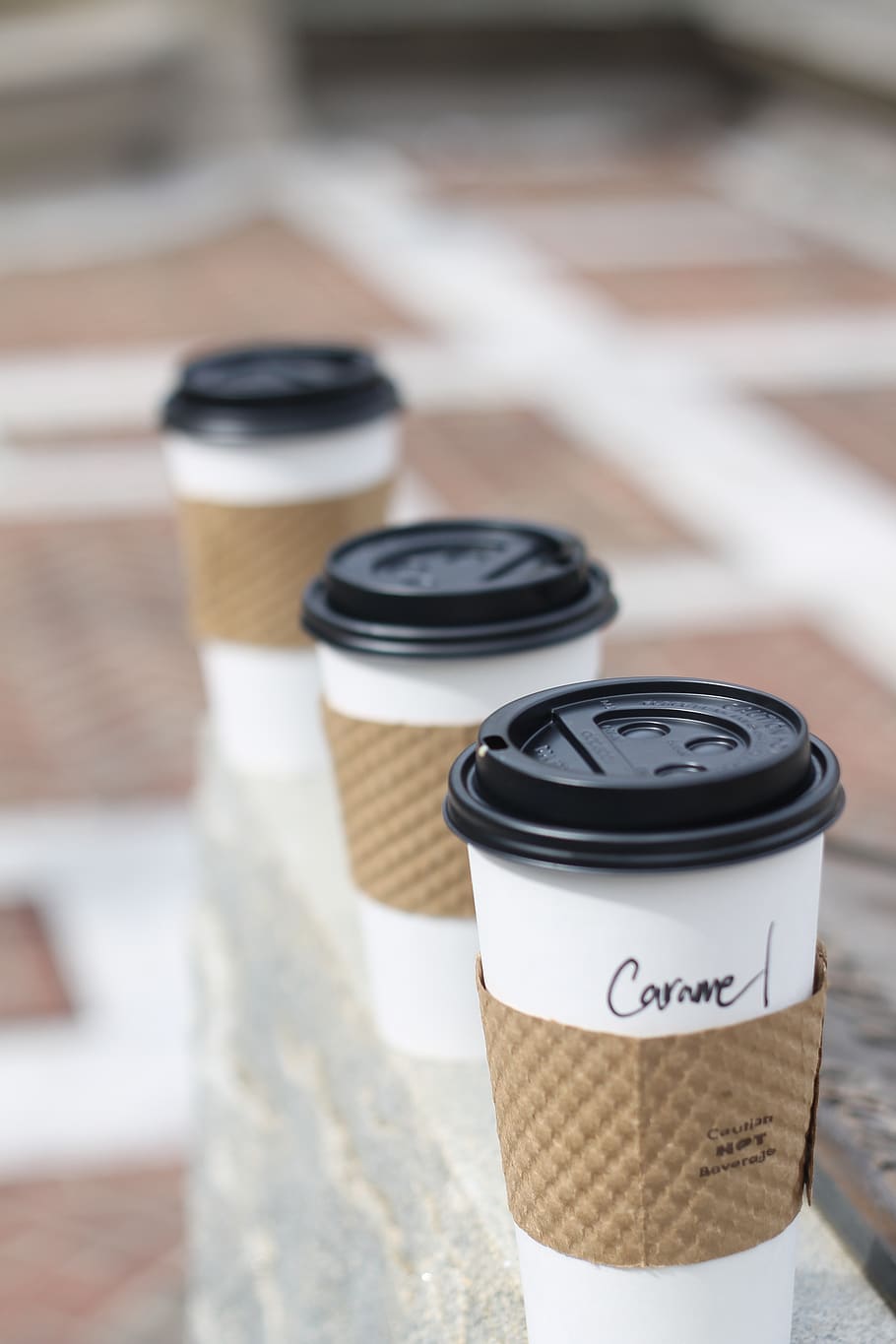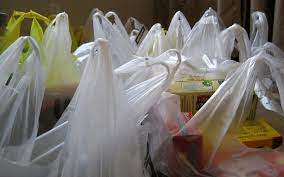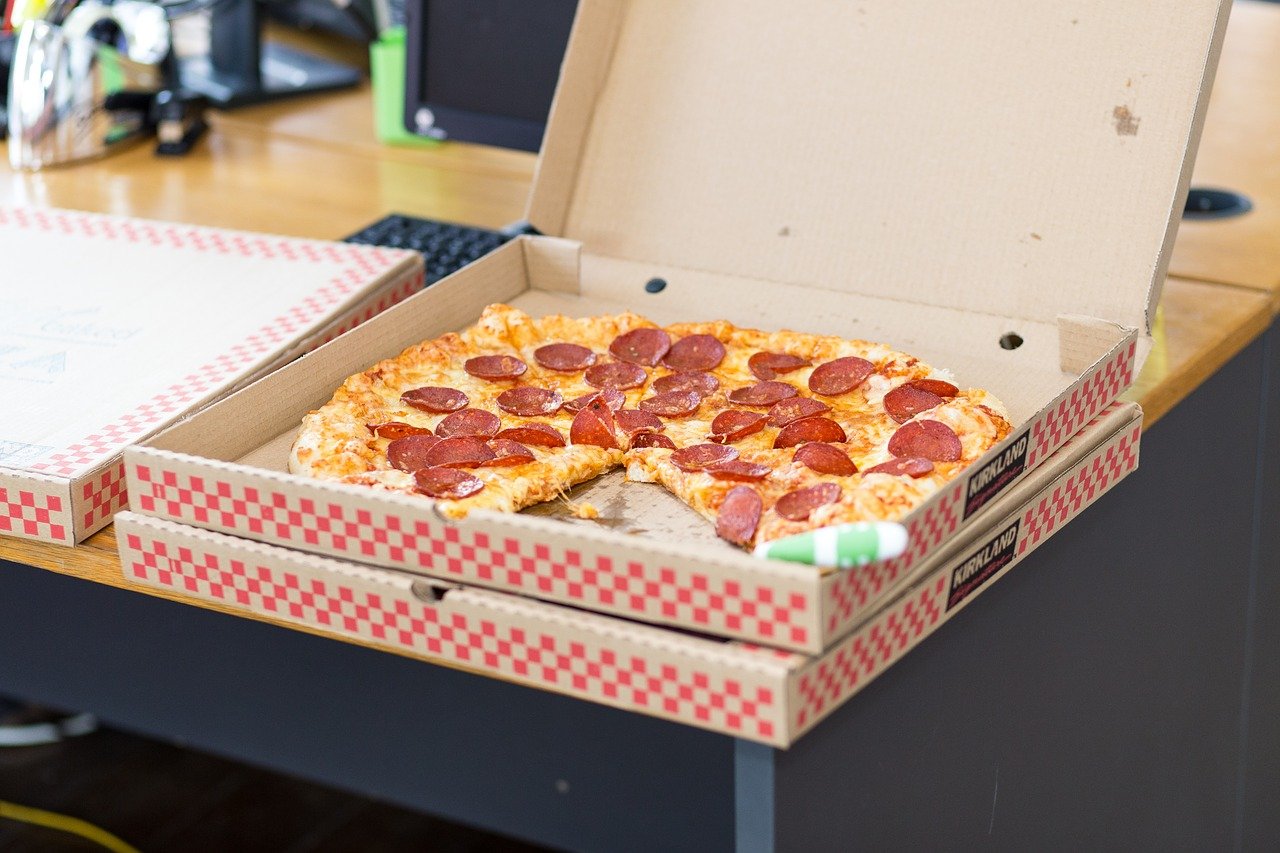How to Properly Recycle Basic Kitchen and Household Items
In the last several years I have really made recycling basic items around my house a priority. I have two bins in the kitchen and my family is really good now about knowing how and what to recycle. It has become very easy and second-nature and it makes us feel good to know we are doing our small part to help the environment.
Here are a few of the basic tips I have learned about recycling and making it as simple as possible for you and your family.
Sometimes the case might be that you are actually recycling so well, you might actually be putting things in that seem recyclable that are not. There are 3 Things NOT to Recycle (that most people accidentally do):
Do you have any tips you would add in regards to recycling easy things around your house? I know it might not seem like you are doing a whole lot, but it really does help the environment so much when you add up all the individual families that are trying to do their part. Please feel free to share your thoughts in the comments below.
Here are a few of the basic tips I have learned about recycling and making it as simple as possible for you and your family.
- My first tip is to just get to know the rules for your particular area about what you can recycle right at home. I hope that you are able to have a large recycle bin at your house that the waste company will come pick up for you. If so, get familiar with the basic items you can put in it. Most areas have about the same rules for what they will accept. So, for example, in my area you can place items like any paper including newspapers, wrapping paper, tissue paper and printer paper in the bin; any plastics with the numbers between 1-5 on them (plastic #6 is a pretty common one that is a soft plastic like styrofoam cups from places like Sonic that are not accepted in our recycle bin so I throw those ones away); glass bottles, cardboard boxes and metals like aluminum cans and even aluminum foil.
- It seems most people have good intentions about recycling but are possibly not doing it often enough because it’s easier to just throw it in the trash than take the extra step of walking it outside to the recycle bin. My second tip would be to get a separate bin in the kitchen for recyclables so that there is no reason not to recycle easy and basic items like soda cans and cardboard boxes. If you have a drawer under your cabinet for your kitchen garbage that rolls out, try to make room to put two waste bins in there and your family will get used to throwing things in the proper bin very quickly.
Just make sure you follow specific rules they might have--for example, our waste company requests we break the cardboard boxes all the way down before putting them in the bin to save time and effort at the plant.
Sometimes the case might be that you are actually recycling so well, you might actually be putting things in that seem recyclable that are not. There are 3 Things NOT to Recycle (that most people accidentally do):
- Soiled Takeout Containers. Recycling plants have to throw out cardboard and plastic containers that are too soiled with grease or leftover food particles. Best case scenario, they can just throw the one item away, but worst case, it can ruin a whole batch of recyclables at the plant that have to be thrown away. They ask that you rinse your soiled recyclables before putting them in the recycle bin. You don’t have to scrub everything clean, but they suggest you give it a good rinse before placing them in the bin. Things like yogurt containers and plastic takeout containers are good examples of what to rinse off first.
- Disposable Coffee Cups

Most to-go cardboard coffee cups have a polyethylene coating on them to prevent the liquid from leaking or seeping out--but this coating means they can’t be recycled. Throw them in the trash instead. If the cups are made from plastic, you can see if there is a recycle symbol on the bottom and if so, recycle it. Instead of getting these coffee cups to-go all the time, you could always make coffee at home with a reusable travel mug, or even bring your travel mug to a place like Starbucks, which allows you to bring a cup from home.
- Plastic Bags

Unfortunately, regular plastic bags from the grocery store cannot simply be put in your recycle bin as they can get caught up in the machinery at the recycling plant. Many stores have bins at the front of the store for you to bring your film plastic and plastic bags for them to recycle properly. Or, of course, you could lessen or eliminate your use of these bags by bringing reusable bags to the store when you shop, which are stronger and hold more in them.

As for greasy pizza boxes, just toss them in the garbage. If there is not grease on the box you can put it in the recycle bin, but too much grease on the box and it won’t be accepted with other cardboard.
Do you have any tips you would add in regards to recycling easy things around your house? I know it might not seem like you are doing a whole lot, but it really does help the environment so much when you add up all the individual families that are trying to do their part. Please feel free to share your thoughts in the comments below.
Sources:
blog comments powered by Disqus
- www.pxfuel.com
- www.pixabay.com
- www.flickr.com
- www.residentialwastesystems.com
 Mary Richardson
Mary Richardson
Weekly Newsletter Contributor since 2014
Email the author! mary@dvo.com
